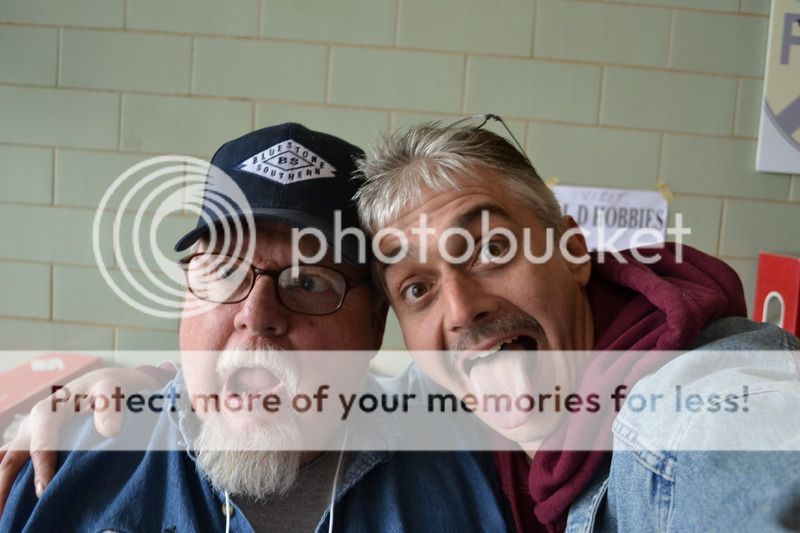Rooster, I am enjoying the hobby and have since the late 80s. In that time I’ve built two garden railways, three portable live steam show tracks and an outdoor raised live steam layout that now resides in PA. For at least 20 years I’ve been totally live steam and have spread the word near and far. Were I more computer savvy I might be able to post pics of my “retirement” layout here in Florida but at least I can run my trains at home now vs going 20+ miles to the local ride-on railroad where I helped build a Ga 1 track last year.
Pete, I appreciate your report. I am interested to see how my little layout fares, so far so good, but higher temps are in the offing as summer progresses. Hopefully it won’t get as warm as in your area but our humidity is higher.
We’ll be travelling back to our former home in NY soon and I probably will find some more railroad “treasures” that I don’t have room for here. Stay tuned for more opportunities to increase your stash of railway goodies.
Again, I appreciate the input from experienced outdoor railroaders,
Tom
